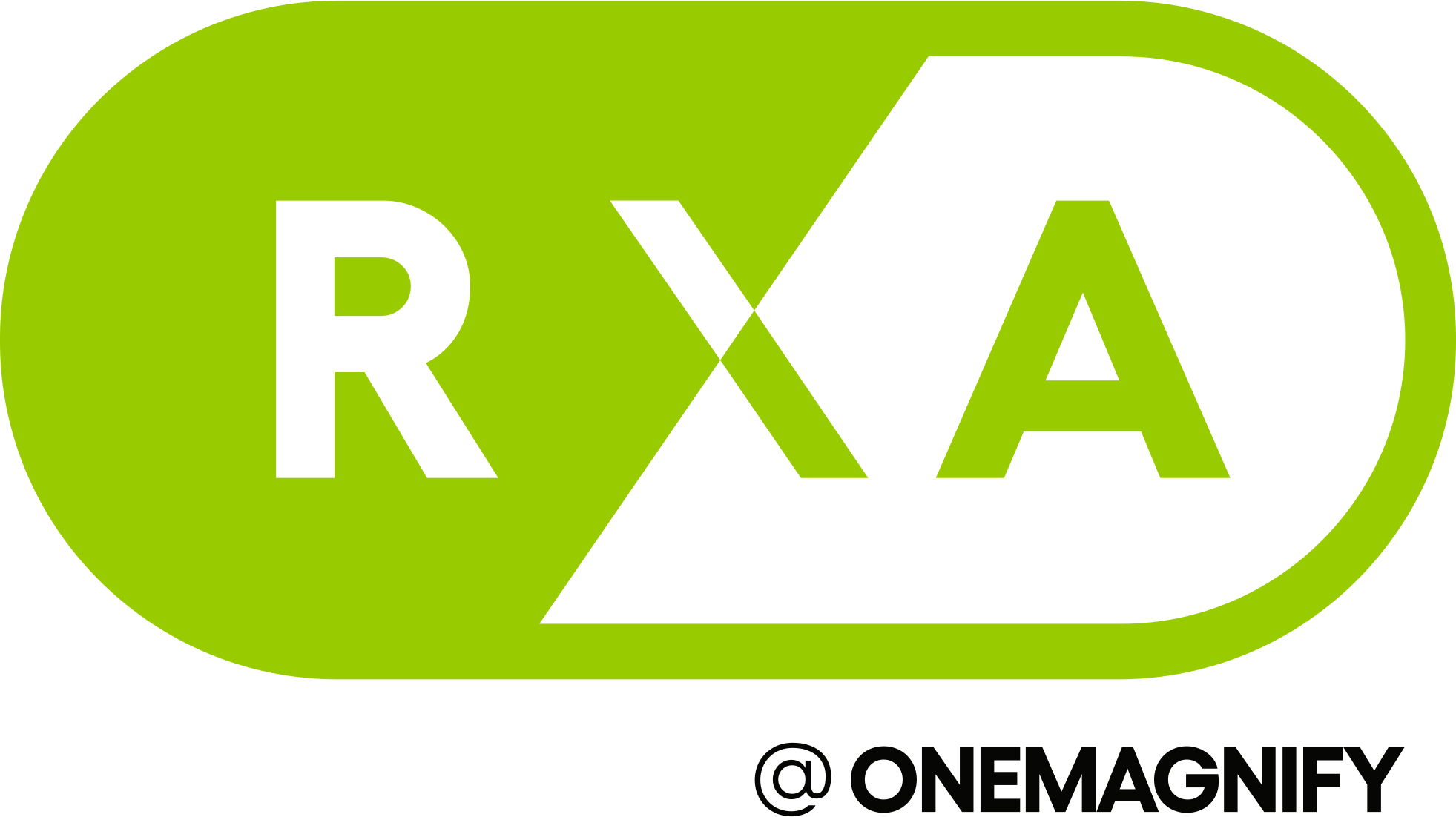

Domo is different than its competitors – the platform fosters collaboration, curiosity, and real-time insights unlike any other. But harnessing the full power of Domo requires stewardship across the organization. In my experience as both a Domo customer and a Domo consultant, I’ve found that success is driven by accessibility, accountability, and consistent iteration.
Here are 5 best practices that will help create more engaged users, increase user adoption, and take your Domo instance to the next level:
1. Highlight Successes
Sharing Domo success stories within your organization helps drive adoption & usage and encourages iterative improvement. Have a recurring showcase where departments demonstrate useful features as well as instances where Domo was instrumental in finding value or answering a business question, such as a new card or dataset.
2. Document & Share Organizational Knowledge
With all the exploration of data and experimentation that takes place in Domo, keeping track of key findings and best practices is critical. Use Domo text cards to document internal processes, highlight important discoveries and offer context. In addition, take your content to the next level with embedded videos. Use this feature to orient your users, remind them how to use the platform, or provide additional context in a more compelling and engaging way. Keeping your organizational knowledgebase up to date is imperative and can be done directly within the Domo platform.
3. Create Curated Data Experiences with PDP
Governance of data in Domo is made easy with Personalized Data Permissions. Typically, PDP is used to restrict access to sensitive data. However, PDP can also be used to provide a curated experience, showing only the data that is pertinent to a user’s responsibilities and data discovery goals. This can help eliminate extraneous data, helping guide users to make meaningful discoveries without distractions.
4. Encourage Accountability & Ownership
Tired of PowerPoint? Me too. Once data curation is complete and visualizations become ready for consumption, leverage these resources in real-time during meetings to encourage collaboration and accountability. When meetings are held within the platform, improvements can be iterated on more quickly and effectively, accuracy is improved, and your team is empowered to make decisions based on real-time information. Having ownership of the data experience promotes creativity and innovation, ultimately helping your organization make smarter, more informed decisions and realize value faster.
5. Practice Good Data Stewardship
Domo’s flexibility comes with responsibilities. While it’s incredibly easy to make new resources, try out new ETLs, or create beast modes on the fly, it’s imperative to be able to identify when a meaningful addition or change to the data has occurred, and then make sure that data is in the right place.
For example, let’s say you’ve made an extremely valuable beast mode to calculate a KPI. You played around with the calculation, referenced all the right columns, and then added it to your card. All done, right? Wrong. While beast modes can help us iterate quickly to extract meaningful and valuable data, it’s important to know when these assets should be hard coded into the data itself. Beast modes are great for discovery, but when a calculation of value is created, it should be added directly into the data source whenever possible as part of the larger, iterative process.
If this sort of content was to your liking, stay tuned to RXA’s blog for more articles, view our Domo Services page, or reach out to our team at learn@rxa.io. In addition, check out Domo’s Ben Schein, VP of Data Curiosity for the latest Domo innovations.
